Since ancient times, Vietnamese feudal dynasties have successively carried out the protection of maritime sovereignty , especially the establishment of territorial sovereignty in the two archipelagos of Hoang Sa and Truong Sa. During the reign of King Minh Mang of the Nguyen Dynasty, with a strategic vision of security, defense and economy, these activities were raised to a broader and deeper level.
Lesson 1: DEVELOPING THE NAVY, IMPROVING NATIONAL DEFENSE STRENGTH AT SEA
Realizing that, in order to protect the country's sea and islands, maintain security and protect fishermen in their exploitation and fishing activities, collect supplies, and especially carry out activities to consolidate sovereignty on remote islands against piracy and threats from foreign ships, King Minh Mang advocated developing the navy.
Modern innovation in shipbuilding technology
In addition to building many warships, equipped with cannons in the traditional style, Minh Mang also paid attention to the advances of Western science and technology, including improving shipbuilding techniques. Not only focusing on increasing the quantity, the king also increased the types of ships. According to the book Kham dinh Dai Nam hoi dien su le, in the year Mau Ty (1828), the king set quotas for ship classes (determined the number of types of ships that needed to be built) in the localities.
King Minh Mang (1820 - 1841)
Minh Mang's spirit of moving towards new techniques is clearly recorded in history books. For example, the book Quoc su di bien states that in April of the year Canh Dan (1830), "the king heard that foreign countries had trains, ships and many strange objects, so he sent (Dang) Khai to La Tong and the West to buy them."
Minh Mang also improved the naval regulations, he determined the size and design of each class of ship, unified it nationwide so that shipyards could build according to those regulations to meet the standards. In particular, Minh Mang ordered the construction of copper-clad ships according to the French model. In the year of Nham Ngo (1822), the king ordered the purchase of a copper-clad ship from France and brought it to Hue , named Dien Duong, to serve as a model for shipyards in the capital to research and develop the construction of this model.
The book Kham Dinh Dai Nam Thuc Luc states that in June of that year, the king “ordered the Commander-in-Chief Phan Van Truong to oversee the construction of Western-style ships”. The first completed bronze-clad ship was named Thuy Long, after which a series of bronze-clad ships were built, mainly warships, some of which were used for overseas missions.
The book "Royal Code of Dai Nam" states that bronze-clad boats are divided into four different classes: very large, large, medium and small.
In addition to the copper-clad boat, in the year of Mau Tuat (1838), Minh Mang bought an old French steam engine ship and took it apart to study and take a sample for testing. By April of the following year, the first steam engine ship of our country was completed and successfully tested. In October of the same year, the second steam engine ship was also completed. From then on, the king established the rules for building steam engines in the year of Canh Ty (1840) with "a body 7 feet 5 inches wide, about 4 truong long, but not too deep, about 1 truong, to easily move on the rivers" (Book of Imperial Regulations on Dai Nam).
Setting flags for ships operating and fighting on rivers and seas
To enhance the uniformity and unity, in the year Canh Dan (1830), Minh Mang created and issued flags to the bases in the North, each base had a square flag, the flag face had the name of the army in bright yellow, the front army was big red, the back was old blue, the left army was official green and the right army was white snow. The jagged lines around the flag and the flag also clearly defined the colors, all revolving around the five colors corresponding to the five directions. The flags issued to the army were to serve as command titles and to strictly maintain the ranks.
In the year of Quy Ti (1833), the king again determined the number and color of the flags for the warships in Bac Thanh so that when there was an event, the boat would be on the side of the boat raising the flag as a signal. Next, he also regulated the hanging of flags and the use of flags at the watchtowers at the seaports. At the same time, he also regulated the flag signals when marching by water: depending on the flag signals "tam tai" - "thien dia" - "tu dinh" - "ngu hanh" - "tu tuong" - "giao thai" - "luc hiep" given, the boat commander had to control the entire fleet of boats to march at the correct speed and distance. If he saw the "unified" flag, the mandarins had to come to the king's boat in time to listen to the order. Anyone who did not follow the flag signals would be severely punished.
Naval exercises, naval exercises, naval warfare books
In previous dynasties, naval exercises and training were usually about battle formation, attack, advance and retreat... During the reign of Minh Mang, in the year Canh Ty (1840), the first drill with simulated targets was conducted. According to the Nguyen Dynasty history books, the king defined the naval exercises as a shooting exercise at sea with the following developments:
A floating raft, about 3 meters long and more than 1 meter wide, with bamboo fences to act as sails, was set up. The raft was placed in the sea a little far from shore, and anchors were dropped around it to prevent it from drifting. The participating boats were moored about 50 meters away from the raft, all waiting in line for orders.
When the red flag of Tran Hai citadel was hoisted, the exercise began. All the boats weighed anchor and sailed towards the raft. When they reached the middle, the boat that arrived first would raise its red gun and aim at the floating raft, fire three shots in a row, then advance 500 meters ahead of the raft and return. The boats that followed did the same. When they returned, the boat that went first would fire its gun again. When they reached the standard of the floating raft in the middle, they would fire their gun again as before and row back to the original place of the line. The merchant boats would advance and fire their gun again as before. After firing three rounds, the flag on Tran Hai citadel would be lowered, giving the order to retreat. The boats would raise their sails and lower their anchor.
Previously, in the year of Mau Tuat (1838), during a royal visit to watch naval exercises in the capital, King Minh Mang issued an edict that: "The navy must, as usual, practice naval combat once a month, must go near the southern bank of the Huong River, learn how to shoot small and large guns, and how to sit, stand, walk, and run, to know the method of fighting on land."
The king then told the Minister of War Truong Dang Que about his plan to compile a book on naval warfare to serve as a reference for soldiers to study. The book Minh Mang Chinh Yeu said: “The military system of our dynasty, in terms of elephant and infantry formations, is both leisurely and refined, but in terms of naval warfare, it is not yet refined. I often asked the envoys who returned from missions to various places and they all said that of the Western countries, only Hong Mao (England) and Many Cang (Rome) are very good at naval warfare and how to maneuver ships.
Whether fighting upwind or downwind, there is no way that is not convenient, quick, adaptable, and endlessly released, it is truly worth emulating. Oh, the Book of Songs and Books is for teaching students, the book of Martial Arts is for teaching soldiers, from ancient times to the present, it has always been like this, only the method of naval warfare has not been recorded in any book for people to learn.
Warships, sailboats, command boats of the Nguyen Dynasty.
I also know a few parts about the naval warfare methods of Western countries. I want you to plan carefully, make a book on naval warfare, and give it to the soldiers to study day and night. That is the way to prepare before something happens.
A year later, the king ordered the collection of naval maps of Western countries for review, study, and passed them on to the officials of the Ministry of War to study together to create a naval book called "Naval Battle, First Chance, and Victory".
Building paramilitary forces to protect the islands
As an Emperor who attached great importance to protecting the sovereignty of seas and islands, during his reign, King Minh Mang actively consolidated the establishment of sovereignty over the Hoang Sa and Truong Sa archipelagos as well as defended and preserved the country's other islands.
In addition to strengthening the navy and establishing naval warfare, the king also established a maritime patrol system to protect territorial waters, repel pirates, and promptly detect and respond to possible invasions from the sea. Emperor Minh Mang also recognized the need to mobilize the people's strength to preserve sovereignty over the sea and islands. In the year of Binh Than (1834), he equipped fishermen and people living on offshore islands with weapons. This was a paramilitary force with the task of both producing and fighting.


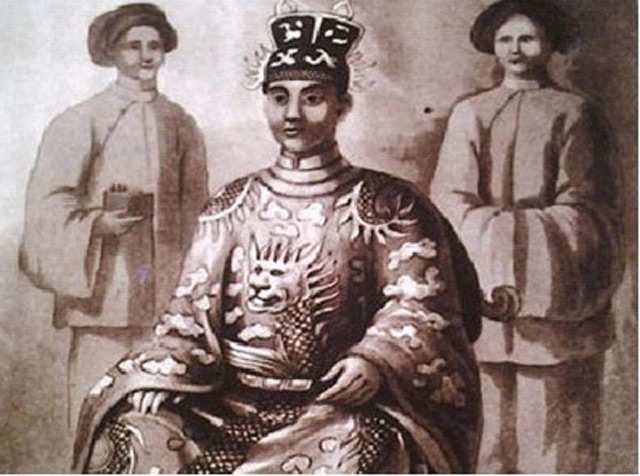
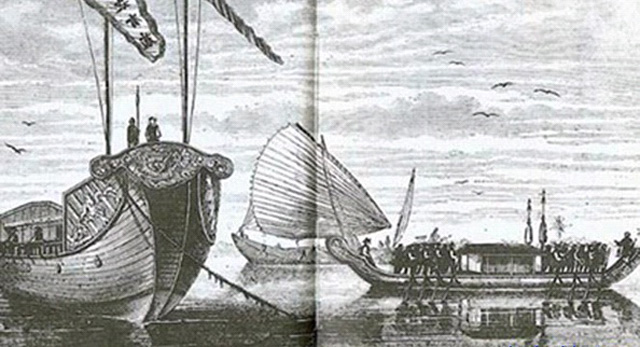
![[Photo] Editor-in-Chief of Nhan Dan Newspaper Le Quoc Minh received the working delegation of Pasaxon Newspaper](https://vphoto.vietnam.vn/thumb/1200x675/vietnam/resource/IMAGE/2025/9/23/da79369d8d2849318c3fe8e792f4ce16)

![[Photo] General Secretary To Lam meets voters in Hanoi city](https://vphoto.vietnam.vn/thumb/1200x675/vietnam/resource/IMAGE/2025/9/23/d3d496df306d42528b1efa01c19b9c1f)

![[Photo] The 1st Congress of Party Delegates of Central Party Agencies, term 2025-2030, held a preparatory session.](https://vphoto.vietnam.vn/thumb/1200x675/vietnam/resource/IMAGE/2025/9/23/e3a8d2fea79943178d836016d81b4981)
![[Photo] Prime Minister Pham Minh Chinh chairs the 14th meeting of the Steering Committee on IUU](https://vphoto.vietnam.vn/thumb/1200x675/vietnam/resource/IMAGE/2025/9/23/a5244e94b6dd49b3b52bbb92201c6986)


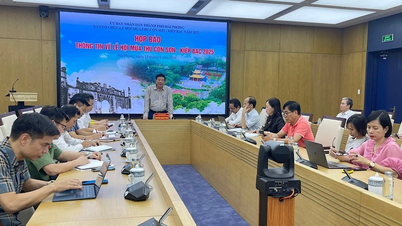





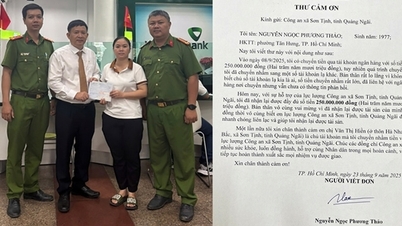




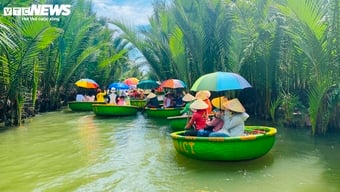


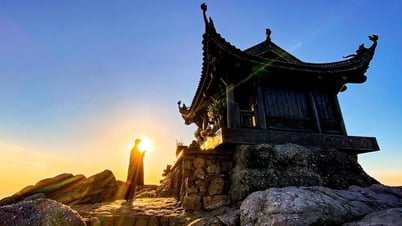
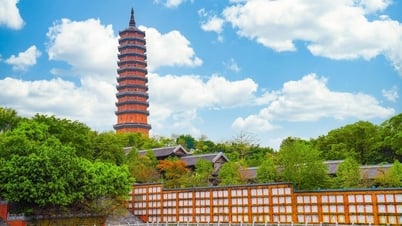

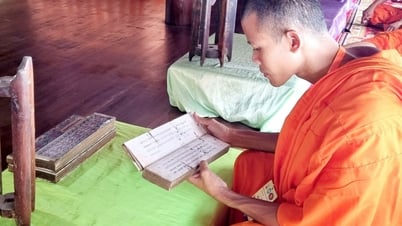
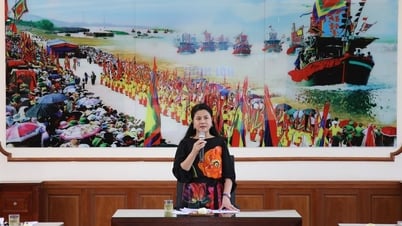
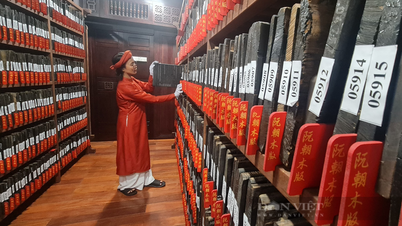






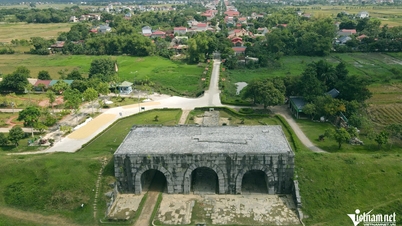










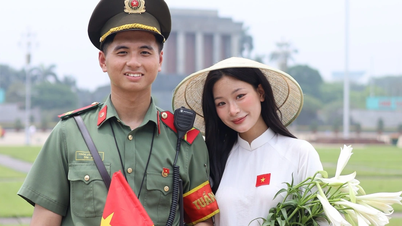



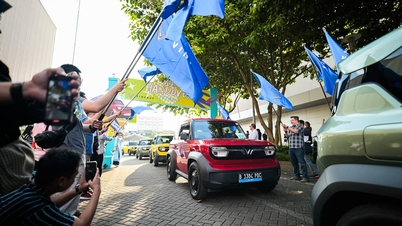

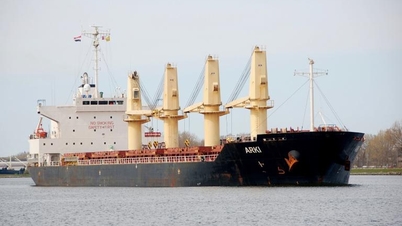


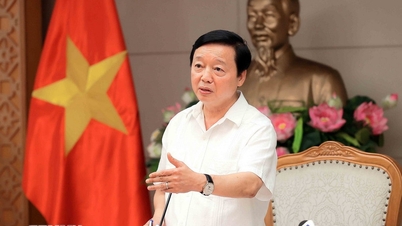
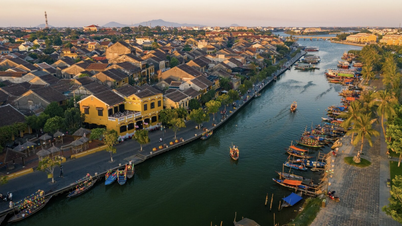





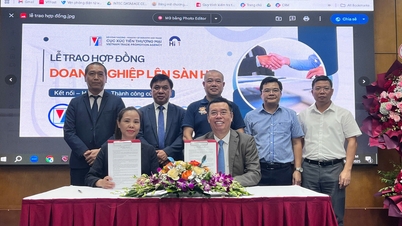


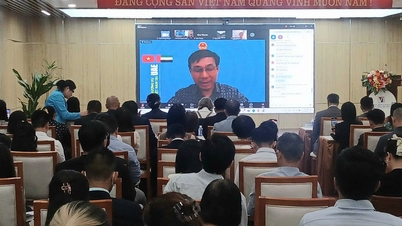


















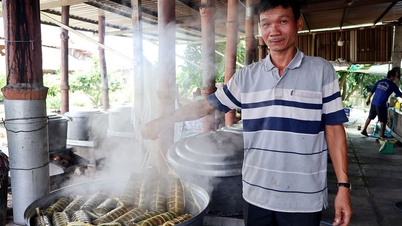




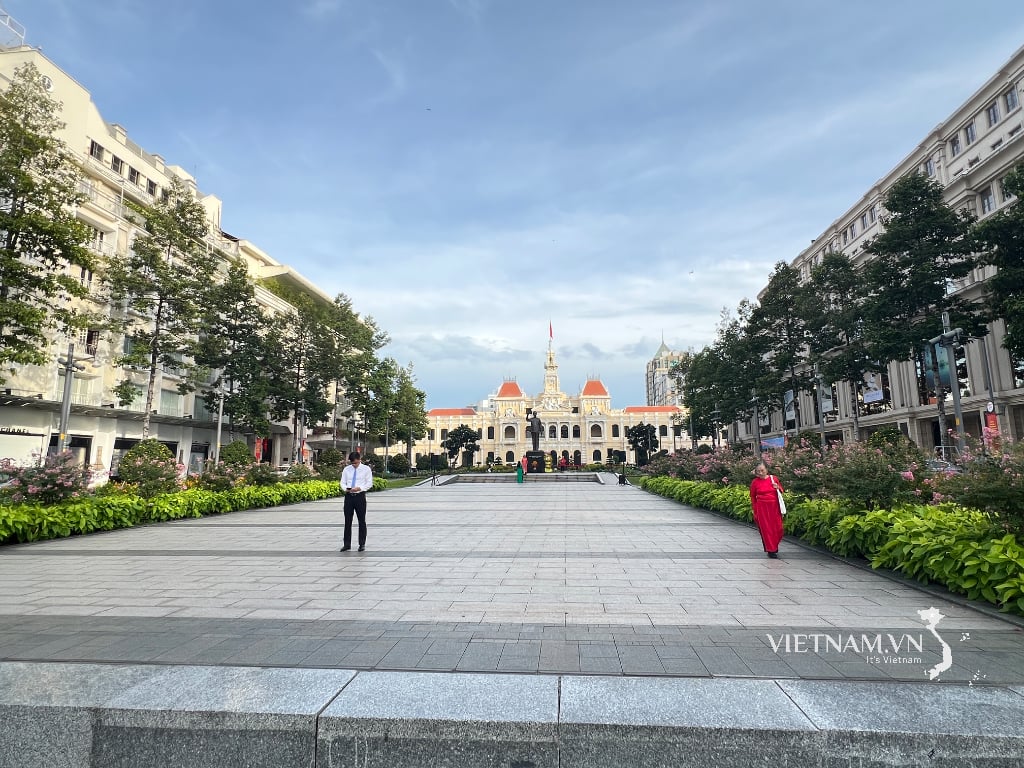



Comment (0)